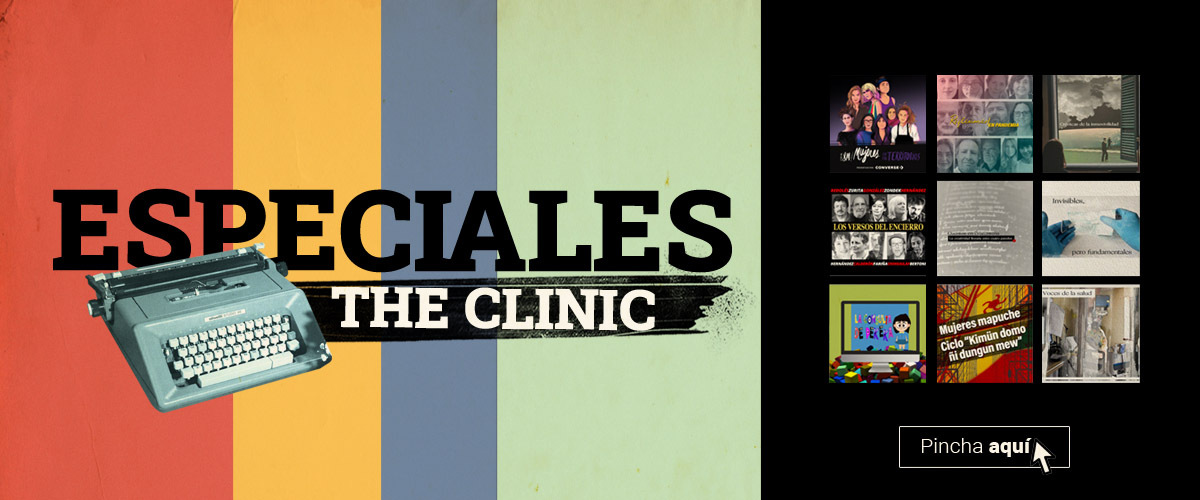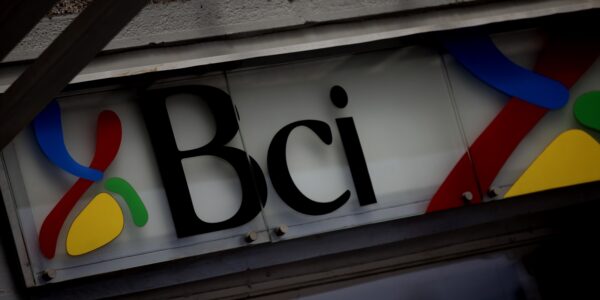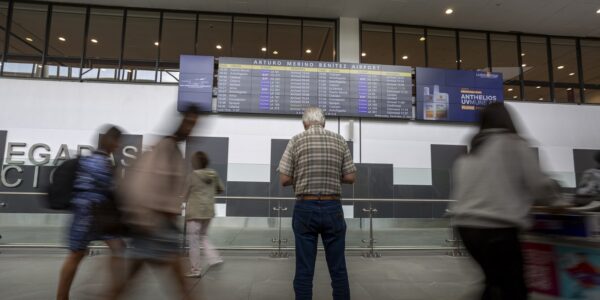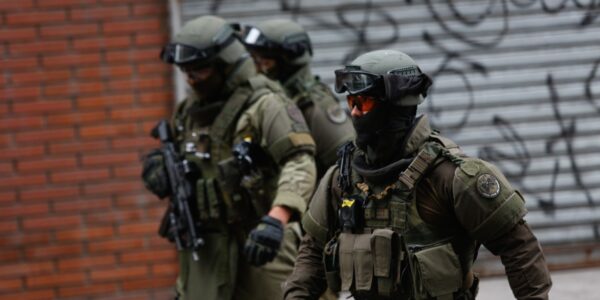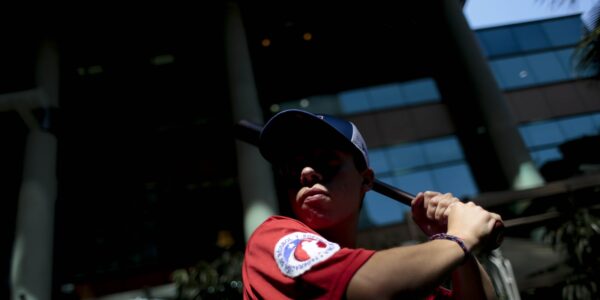Cultura
3 de Agosto de 2011David Byrne cuenta en primera persona su paso por Chile

There have been a lot of huge demonstrations in Santiago recently. Most of them are focused on education—the government wants to begin charging for public secondary school and universities. Public education, higher education in particular, is often very cheap in much of Latin America. As a result, there are at least a few generations of […]
There have been a lot of huge demonstrations in Santiago recently. Most of them are focused on education—the government wants to begin charging for public secondary school and universities. Public education, higher education in particular, is often very cheap in much of Latin America. As a result, there are at least a few generations of very well educated folks. One piece of graffiti I saw on the street said, in rough translation, “If we had the copper, we wouldn’t have to pay.” I had to ask what this meant. Minerals in Chile are big business—part of the reason President Salvador Allende was toppled by the U.S. decades ago was because he nationalized the mines. And don’t forget the trapped Chilean miners from a few months ago. Anyway, the copper mines have been at least partially privatized after the Coldelco Law was passed in 1992, so the profits from them don’t go to the government. Much of those profits don’t even stay in Chile—they go to multinationals, as in many other parts of the world. Hence the wording of the graffiti, which ties together the privatization of the mines with the lack of a budget for education.
The demonstrators are incredibly creative here. They don’t just shout, make speeches and wave banners. One group organized thousands of people to dress as zombies and learn the choreography to Michael Jackson’s “Thriller” video. The zombie image links to the education system, since they view it as dying and rotten. Here’s a zombie/thriller demonstration link:
Local TV reported that there were three thousand students dancing. In the news clip below one can see a few of the ubiquitous Santiago dogs, lolling about as the zombies dance around them. The city seems to be filled with feral dogs. In India and elsewhere such dogs are usually small and fairly emaciated, but here they’re large Mastiff and German Shepherd blends. It’s a frightening sight if one is used to aggressive and crazy street dogs—crazy with hunger or abuse. However, these seem gentle—most simply lie around, peacefully. One tailed us for a bit. I saw a man in a black cape, a gaucho hat and ponytail reach down and pet one—something I’d never risk doing with a street dog, but maybe these have learned to be docile, and the locals treat them accordingly.
The other things the demonstrators do are what is called a ‘besaton’— a kissing marathon. Here’s a photo set. And they do a jogging thing, where they run circles around the palace.
Sally and I went out in the evening to a local fish restaurant. There is fairly abundant seafood in the Pacific coast of Chile, and the seafood menu is like a wine list. The fish are listed according to whether they are deepwater, shallow water, river fish or caught around a group of nearby islands.
The next morning we decided to go find out what a local breakfast is. Seems we picked the wrong time—Saturday morning. We made it all the way into the old city center and nothing was open, except a funky diner on Plaza des Armas. So that’s where we went. The waiter asked us which we wanted—brewed coffee or Nescafé. As we headed back to the hotel, and I to my tech check, a few places were beginning to put out chairs on the sidewalks for a brunch or lunch crowd.
The event was held in a spanking new cultural center called Centro Gabriela Mistral or GAM for short.
It has a story behind it—a political story, naturally. On this site was once a cafeteria that also served as a small cultural meeting place. When Allende took office, he made that cultural element official, and it was outfitted to be more accommodating as a cultural center for all classes of people. After he was overthrown by General Pinochet and the Americans, it was remade as a headquarters for Pinochet. Then, after a return to democracy, it burned down. Now, it has been returned to its previous incarnation, but much improved. A well known architect, Christian Fernandez, designed this new incarnation that houses multiple theaters, cinemas, rehearsal rooms, art exhibits (a show of photos of Neruda and his circle was up) and, of course, a cafeteria. The ministry of defense towers above and behind the cultural center—a not so subtle reminder.
The event was early, as it occurred on a Saturday. I got some laughs (good), and I have begun to incorporate more images of local initiatives that have transformed various Latin American cities. The incredible library that former mayor Sergio Fajardo had built in a poor barrio of Medellín, the super graphics that Hass & Hahn, the Dutch artists, did in some favelas in Rio (both of these were featured in the New Museum’s Festival of Ideas for the New City earlier this year). I plan to add more as I visit other cities along the tour—the rapid bus system in Quito, the libraries in Bogota (the inspiration for Fajardo’s initiatives) and other projects that generally improve the quality of life in various districts.
Patricio Fernández, a writer who is one of the founders of the magazine The Clinicspoke last, and both Bernardo and I found him very eloquent. The Clinic is a satirical magazine that began publication when Pinochet was captured—at a clinic in London, hence the title. It’s a cross between The Onion and Private Eye maybe—more on The Clinic later.
After the event, we took the metro (very clean and quiet) to a bike shop run by Claudio Olivares, one of the panel participants, to pick up loaners and find a place to have lunch. In the metro we saw a diorama of the first encounter between the Spanish and the indigenous Chileans.
Their last minutes of innocence:
A few minutes after picking up the bikes, we were off. I couldn’t help thinking—are there bike lanes? How hard is it to ride here? I didn’t remember any lanes networking though the town proper from previous visits, though there are some that border the park alongside the river. There is a BRT (bus rapid transit system) here, which Loreto Araya, the organizer here, complained about—though it seems to be busy and there are lots of busses. We stopped for lunch in the Recoleta neighborhood—an area of low buildings that used to be a red light district, but is now filled with cool restaurants and sidewalk cafes. My lunch was a giant seafood stew, and Sally’s, a massive chicken strew. Delicious, but could have done with just one order and shared. A highway threatened this neighborhood not too long ago, but there was resistance from the residents and others. In the end, the big highway that runs through town is now buried and runs in tunnels alongside the river. Grassy lawns cover much of the top of it—FDR drive, take note.

